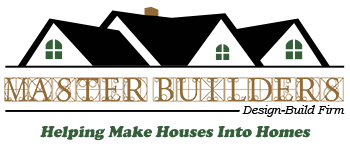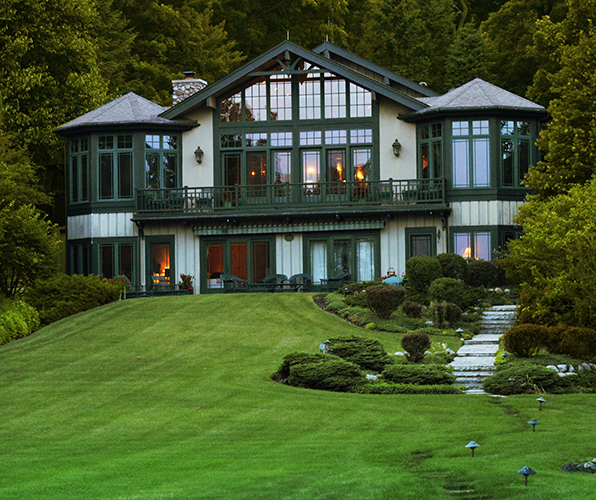
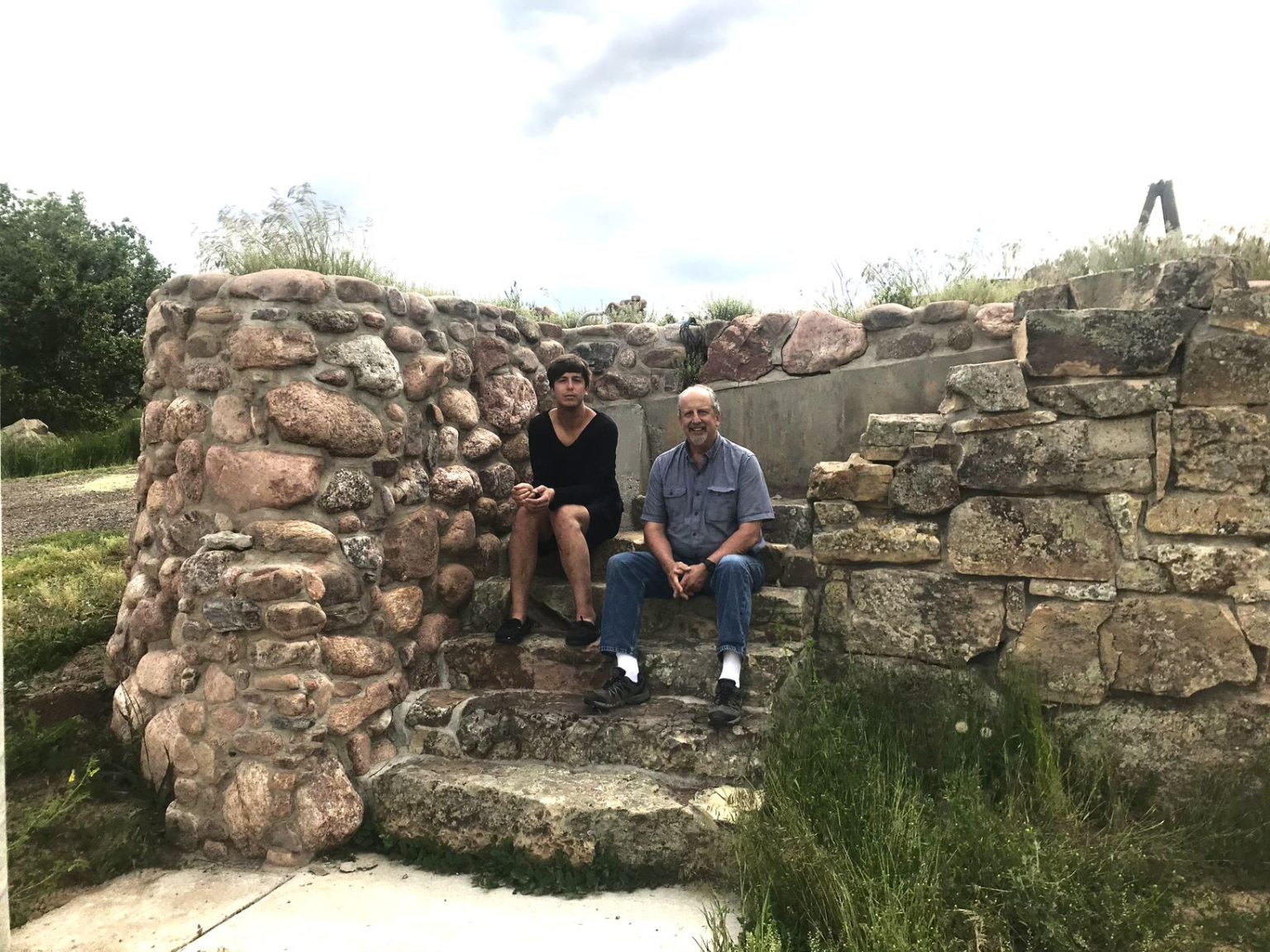
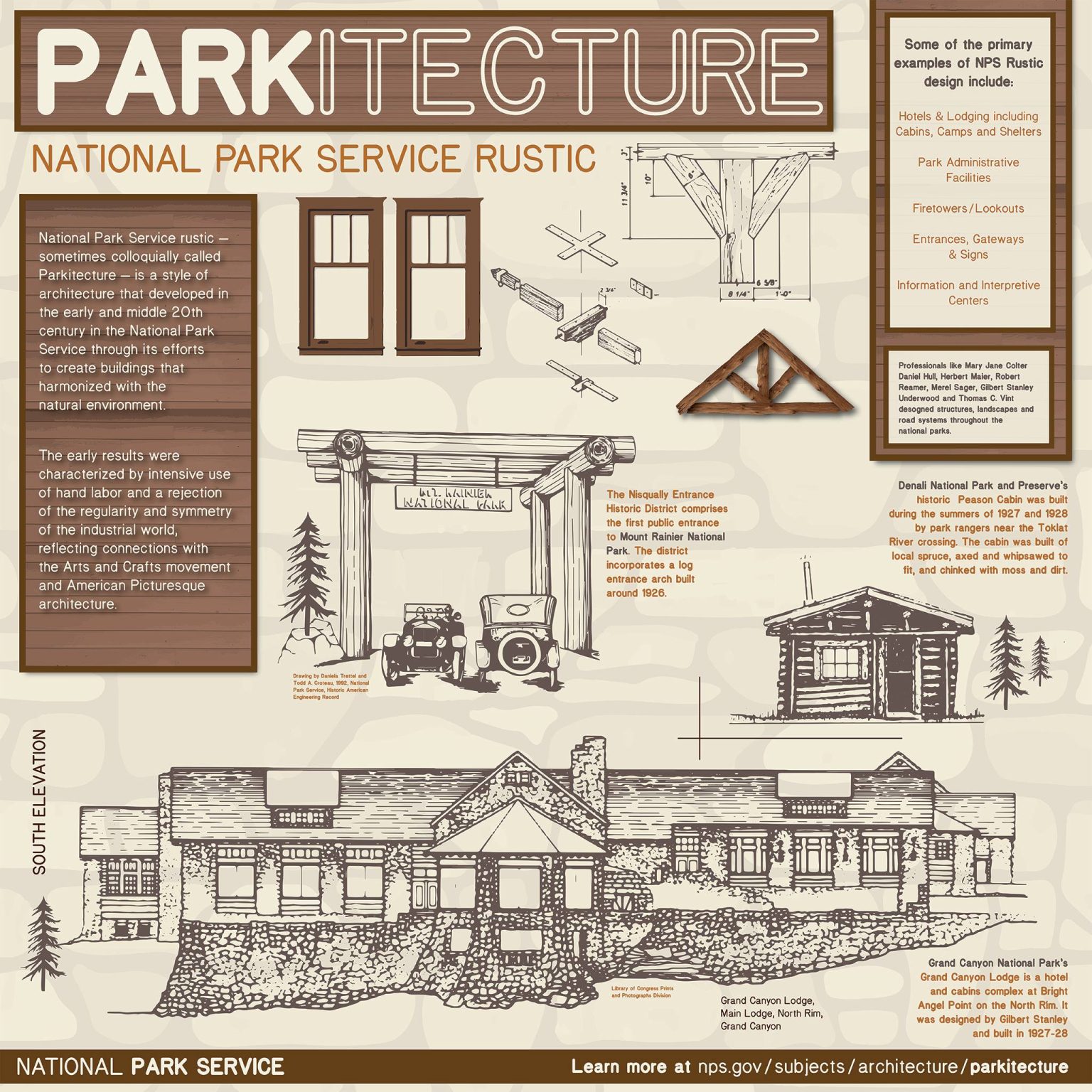
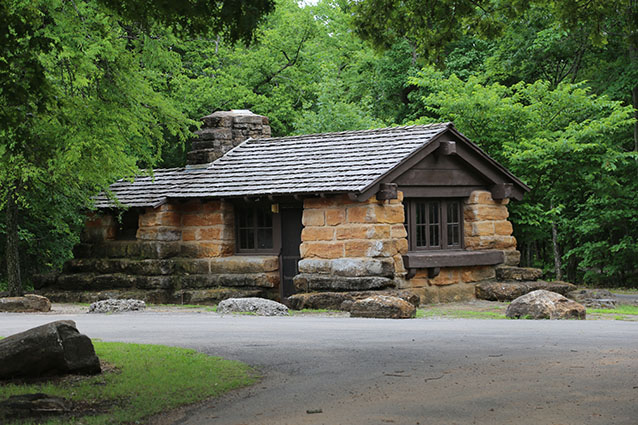
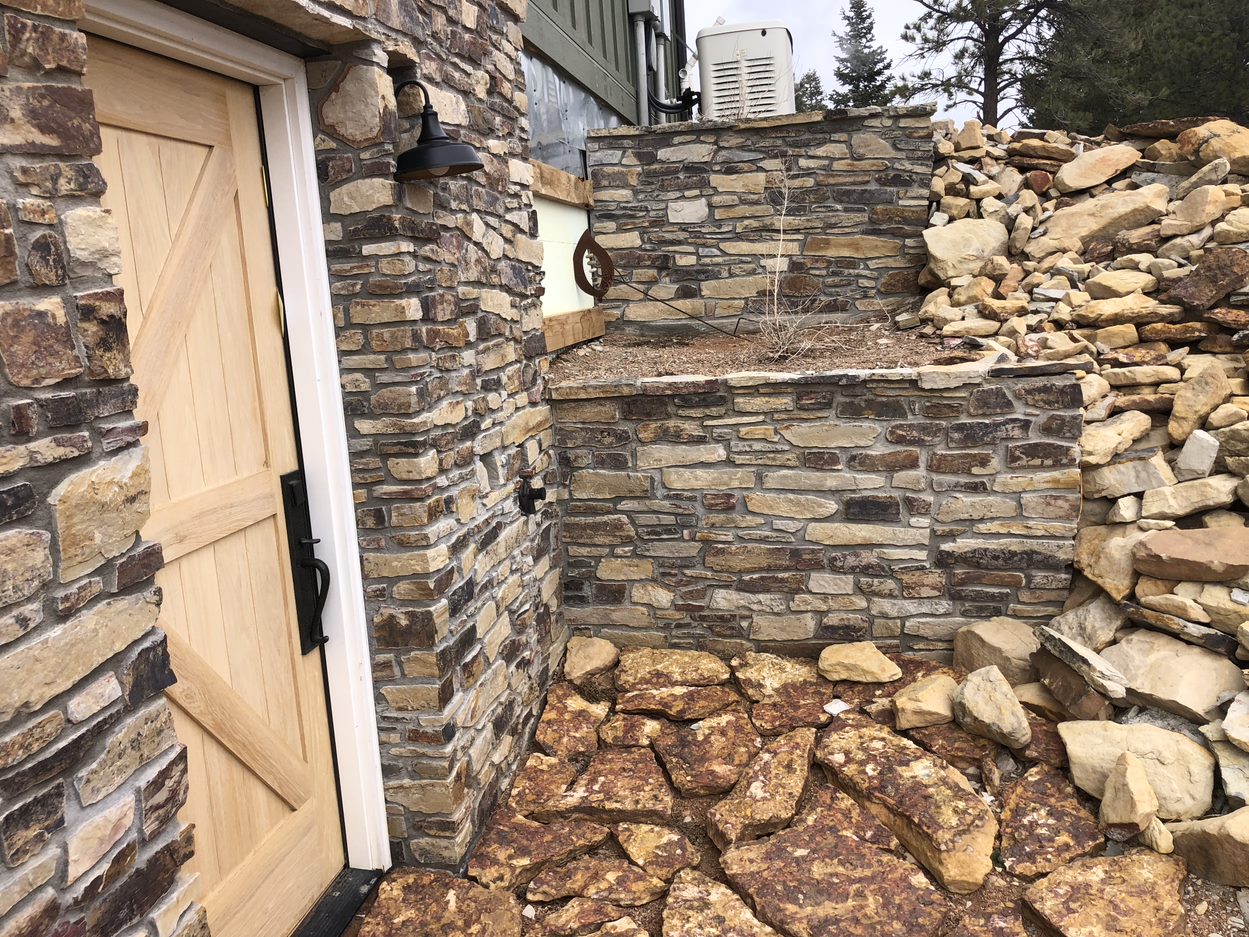
Parkitecture Style Home Building
Parkitecture is a modern term for rustic design and historical construction, particularly the style of construction found in national park lodges. It incorporates the use of natural stone, logs, timbers, large fireplaces, steep rooflines, water features, extensive use of natural materials indigenous to your area, and anything else that is in harmony with the site on which the structure is built. It epitomizes the concept of ‘Organic Architecture.’ This beauty represents the pinnacle of residential construction. If you are considering building on your acreage, take the parkitecture style into consideration. Parkitecture had its beginnings with the famous Old Faithful Inn in Yellowstone National Park. Opening in 1904, it was a massive project incorporating large logs, stones, and a prominent gable roof presence. It was described as “rustic and luxurious, breathtaking yet casual, a monumental icon that seamlessly blended with its surroundings.”
Parkitecture was inspired by the Arts and Crafts movement and Prairie-style homes, the brainchild of Frank Lloyd Wright. The architects who pioneered this movement included Reamer, Gilbert Stanley Underwood (the architect of Yosemite’s Ahwahnee Hotel), Mary Jane Coulter (Grand Canyon’s Hermit’s Rest Lodge), and others. Their guiding principles were the use of natural materials, visual appeal, and harmonization with the natural environment. Vaulted ceilings, expansive glass windows to capture the views, and exposed natural timberwork were the hallmarks of their work.
Principles that Guide Parkitecture Design Include:
1. Buildings should harmonize with their natural surroundings without attempting to overshadow the natural beauty of the landscape.
2. Buildings should blend with each other through similar material usage, roof types, and slopes.
3. Horizontal lines should dominate over vertical lines.
4. Rigid, straight lines should be avoided.
5. Stone, log, and heavy timberwork should be proportionate to achieve a well-balanced design.

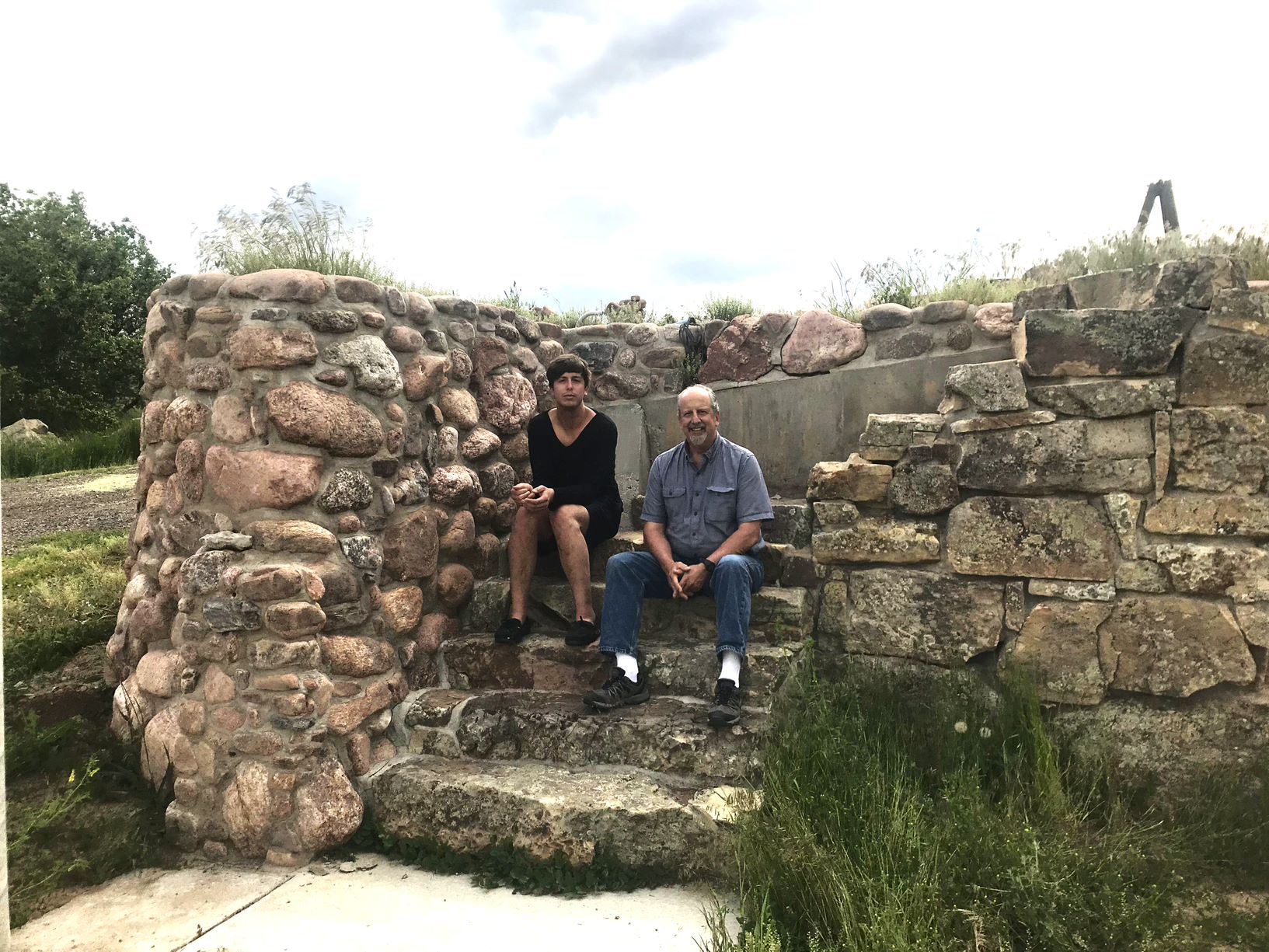
6. In some cases, stone and log work may need to be oversized to prevent them from being dwarfed by cliffs, rocks, and the natural forest.
These principles are excellent for designing national park buildings with generous budgets, but how can they be applied to my house? That’s a great question. Parkitecture elements can be seamlessly incorporated into modern architectural styles, including Arts and Crafts, Craftsman, Prairie, Ranch, Farmhouse, Country, and even the classic Log Cabin. By integrating exterior and interior home features in the proper proportion, you can infuse the Parkitecture motif into your home. Elements like exposed timbers and steep sloping gables are easily adaptable. Dormer windows with log work around them and log-stone porte-cochères can give your home a lodge-like appearance. An added benefit is that today, stonework doesn’t have to be expensive, labor-intensive natural stone; we have faux stone that is nearly indistinguishable from the real thing. We even have fireproof faux log products available. Building a Parkitecture home today is a far cry from the bygone era.
**What about Interior Elements?** I can’t afford a 50-foot high cathedral ceiling with extensive log work, and very few of us can. However, we can still echo the Parkitecture style. Let’s begin with the open floor plan, which imparts an expansive feel to the interior. Furniture that uses natural materials is highly inviting.
Here are some principles for interior rustic style design:
1. Start with a natural color palette. Colors inspired by nature, with some bold hues as accents, create an inviting and soothing atmosphere. Experiment with samples before making a decision.
2. Wood and stone are essential elements. Incorporate them into the walls, floors, ceilings, fireplaces, and staircases. The ambiance of a home constructed with these natural materials is a sure way to realize the home of your dreams.
3. Ceiling beams made of timbers or logs will always remind you of the lodges you’ve seen in national parks. Timber or log trusses supporting the roof can carry over into the interior.
4. Accessories that complement the natural look are crucial. Hand-crafted accents enhance the atmosphere. Many craftsmen and craftswomen hand-make these elements, such as rugs, baskets, quilts, cushions, fabric-based furniture, Craftsman, or log furniture. Whatever you need is likely available. At Master Builders, we can also fabricate many of these elements in our own shop.
Lorem ipsum dolor sit amet, consectetur adipiscing elit. Ut elit tellus, luctus nec ullamcorper mattis, pulvinar dapibus leo.
Lorem ipsum dolor sit amet, consectetur adipiscing elit. Ut elit tellus, luctus nec ullamcorper mattis, pulvinar dapibus leo.
Lorem ipsum dolor sit amet, consectetur adipiscing elit. Ut elit tellus, luctus nec ullamcorper mattis, pulvinar dapibus leo.
Lorem ipsum dolor sit amet, consectetur adipiscing elit. Ut elit tellus, luctus nec ullamcorper mattis, pulvinar dapibus leo.
Main Services
Our Brochures
Get a FREE CONSULTATION!
Master Builders

